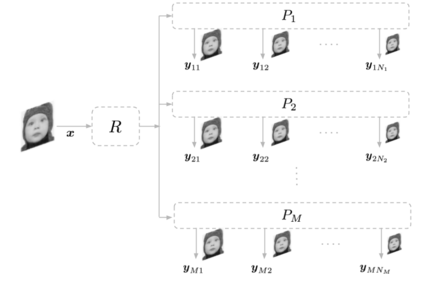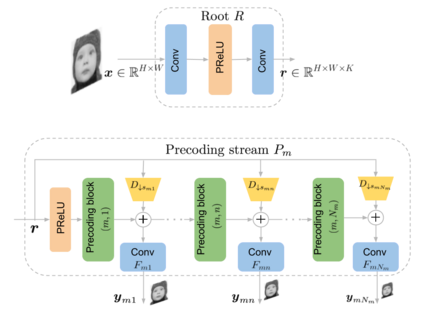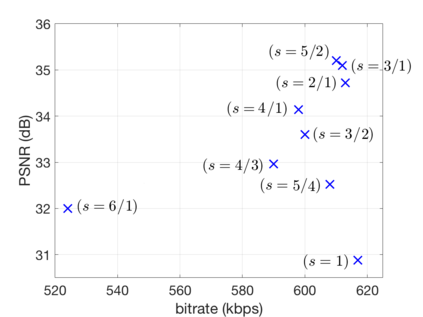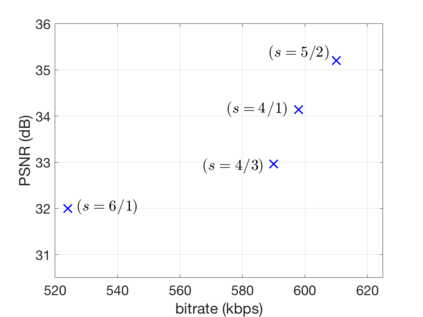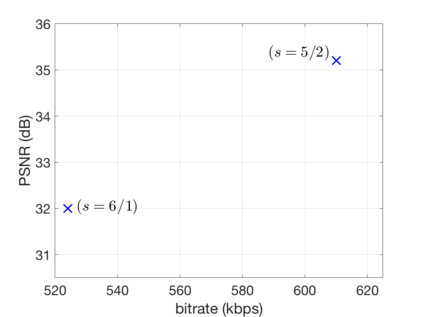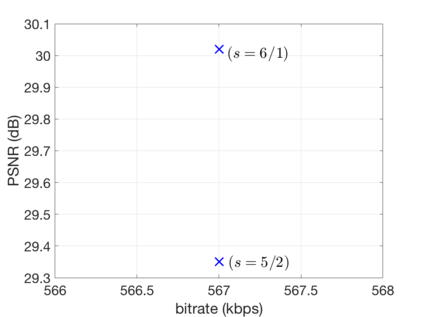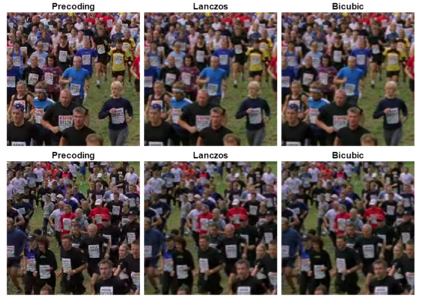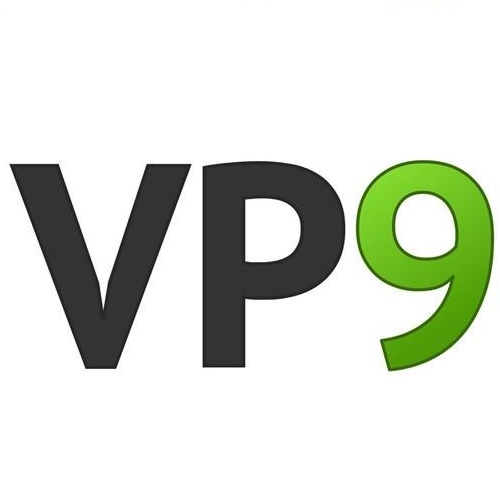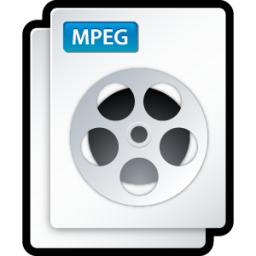Several groups are currently investigating how deep learning may advance the state-of-the-art in image and video coding. An open question is how to make deep neural networks work in conjunction with existing (and upcoming) video codecs, such as MPEG AVC, HEVC, VVC, Google VP9 and AOM AV1, as well as existing container and transport formats, without imposing any changes at the client side. Such compatibility is a crucial aspect when it comes to practical deployment, especially due to the fact that the video content industry and hardware manufacturers are expected to remain committed to these standards for the foreseeable future. We propose to use deep neural networks as precoders for current and future video codecs and adaptive video streaming systems. In our current design, the core precoding component comprises a cascaded structure of downscaling neural networks that operates during video encoding, prior to transmission. This is coupled with a precoding mode selection algorithm for each independently-decodable stream segment, which adjusts the downscaling factor according to scene characteristics, the utilized encoder, and the desired bitrate and encoding configuration. Our framework is compatible with all current and future codec and transport standards, as our deep precoding network structure is trained in conjunction with linear upscaling filters (e.g., the bilinear filter), which are supported by all web video players. Results with FHD and UHD content and widely-used AVC, HEVC and VP9 encoders show that coupling such standards with the proposed deep video precoding allows for 15% to 45% rate reduction under encoding configurations and bitrates suitable for video-on-demand adaptive streaming systems. The use of precoding can also lead to encoding complexity reduction, which is essential for cost-effective cloud deployment of complex encoders like H.265/HEVC and VP9.
翻译:几个小组目前正在调查深层次学习如何推进图像和视频编码方面的最先进的图像和视频编码。一个尚未解决的问题是如何使深层神经网络与现有的(和即将建立的)视频编码系统(如MPEG AVC、HIVC、VVC、Google VP9和AOM AV1)以及现有的集装箱和运输格式相结合,同时又不给客户造成任何改变。这种兼容性对于实际部署而言是一个至关重要的方面,特别是因为视频内容产业和硬件制造商预计将在可预见的将来继续遵守这些标准。我们提议使用深层神经网络作为当前和未来的视频编码系统(如MPEG AVC、HVVC、VVC、GooVP9和AOM AVV1)的预降缩缩缩缩缩缩缩。此外,对于每个独立存储的系统来说,这种预编码选择模式的算法将使得降缩缩放系数与场景特征、已用过的编码、预用过的视频编码、预置的BYC 和电路路路路机机的变变缩缩缩缩缩缩缩略图结构。我们的框架将显示所有成本和预变压和预变变压的变压和变压标准。







